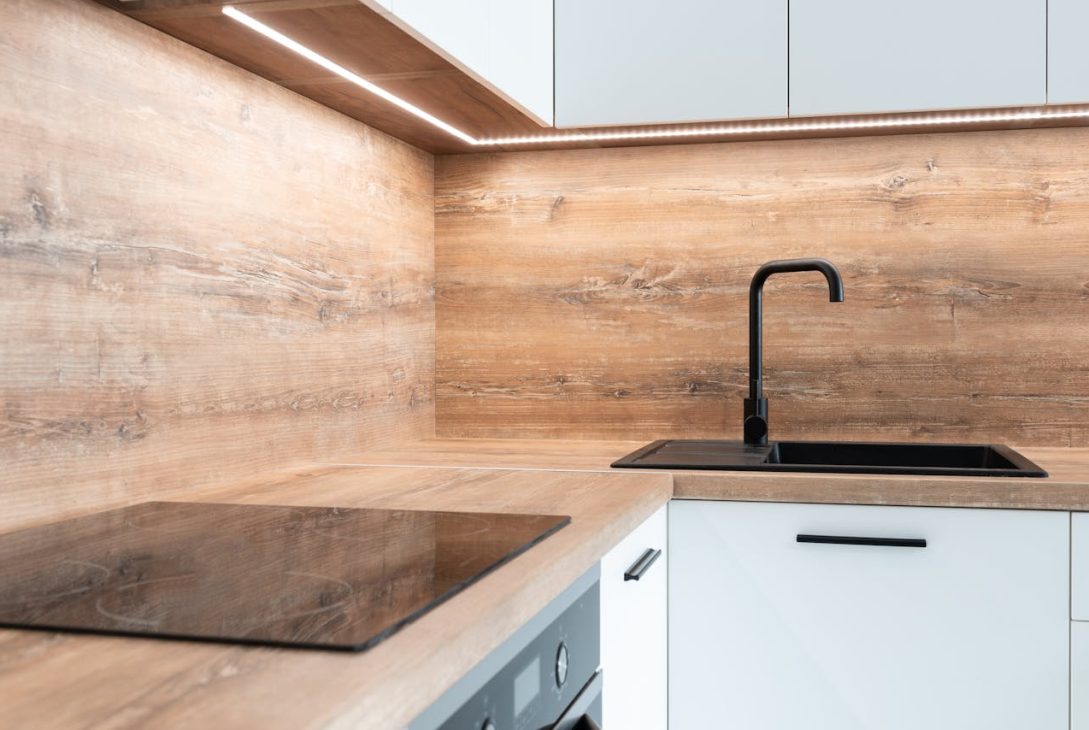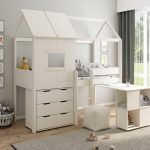Kitchen taps are the workhorses of your kitchen, and they play a pivotal role in the culinary heart of your home. More than just a functional piece, kitchen taps are an opportunity to make a statement in your kitchen design.
With a range of styles, each offering unique benefits, the choice of taps can impact the aesthetics, convenience, and even the efficiency of your kitchen. In this detailed comparison, we’ll explore the various types of kitchen taps to help you find the perfect fit for your home.
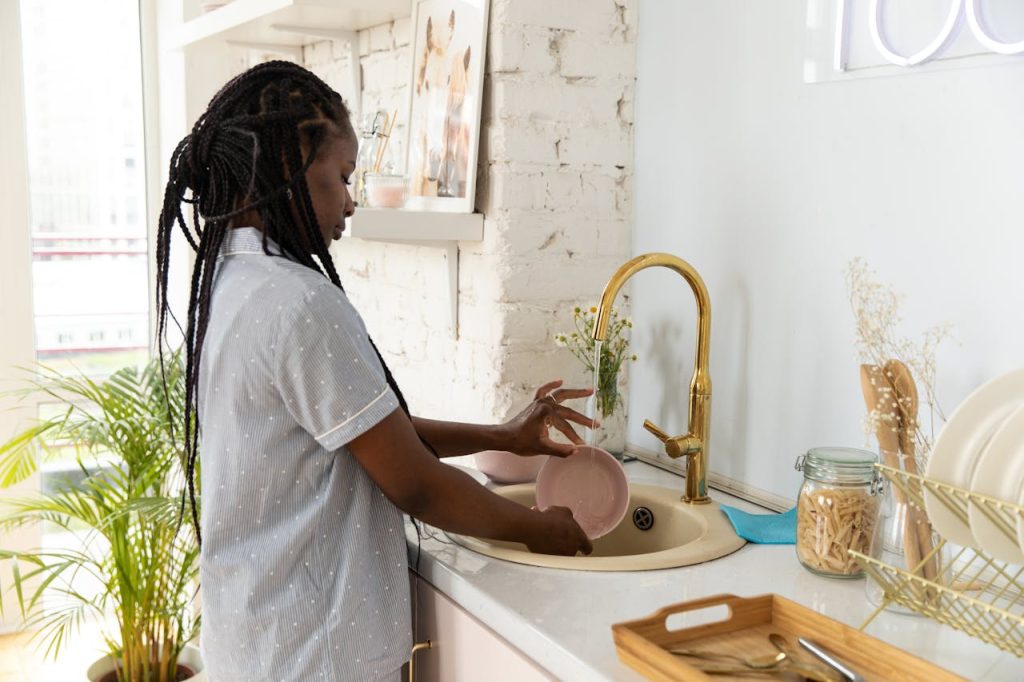
Traditional Kitchen Taps: Timeless Elegance
For those who favour classic kitchen design, traditional taps are the epitome of timeless charm. These taps typically feature two separate handles for hot and cold water, with a high spout style. They are often seen as bridge taps, which are reminiscent of a bygone era. The appeal of traditional taps lies in their robust design and ease of repair.
Pros
- Classic Aesthetics: Ideal for vintage or farmhouse kitchens, traditional taps add a touch of old-world elegance.
- Simple to Repair: The two-handle system makes it easy to repair, as you can still have one working tap if the other needs maintenance.
- Custom Temperature Control: With separate handles for hot and cold, you have precise control over the water temperature.
Cons
- Space Required: The high spout design can be intrusive if you have low cabinets or a small sink area.
- Not Ideal for Busy Kitchens: Busy cooks may find the two-handle system cumbersome when trying to quickly adjust water temperature.
- Potential for Leaks: With more parts, traditional taps can have more potential leak points if not properly maintained.
Modern Kitchen Taps: Sleek and Efficient
On the contrary, modern kitchen taps are all about sleek, minimalist design that often incorporates the latest technology. These taps can have a single lever or even touch screen controls for cutting-edge convenience. They often feature swan-neck or L-shaped spouts that offer a modern aesthetic and easier access to the sink.
Pros
- Contemporary Aesthetics: Perfect for modern and minimalist kitchens, these taps offer a sleek and clean look.
- Integrated Features: Modern taps often come with additional features such as water filtration systems or pull-out sprayers, making them more versatile.
- Ease of Use: Single-lever operation makes these taps simple and intuitive to use, perfect for families and those with busy kitchen routines.
Cons
- Dependency on Technology: Some high-tech models may be prone to malfunctions, and maintenance can be more complex.
- Incompatibility with Older Homes: The modern design may not fit aesthetically in older or more traditional kitchen settings.
- Higher Cost: Taps with additional features can be more expensive than their traditional counterparts.
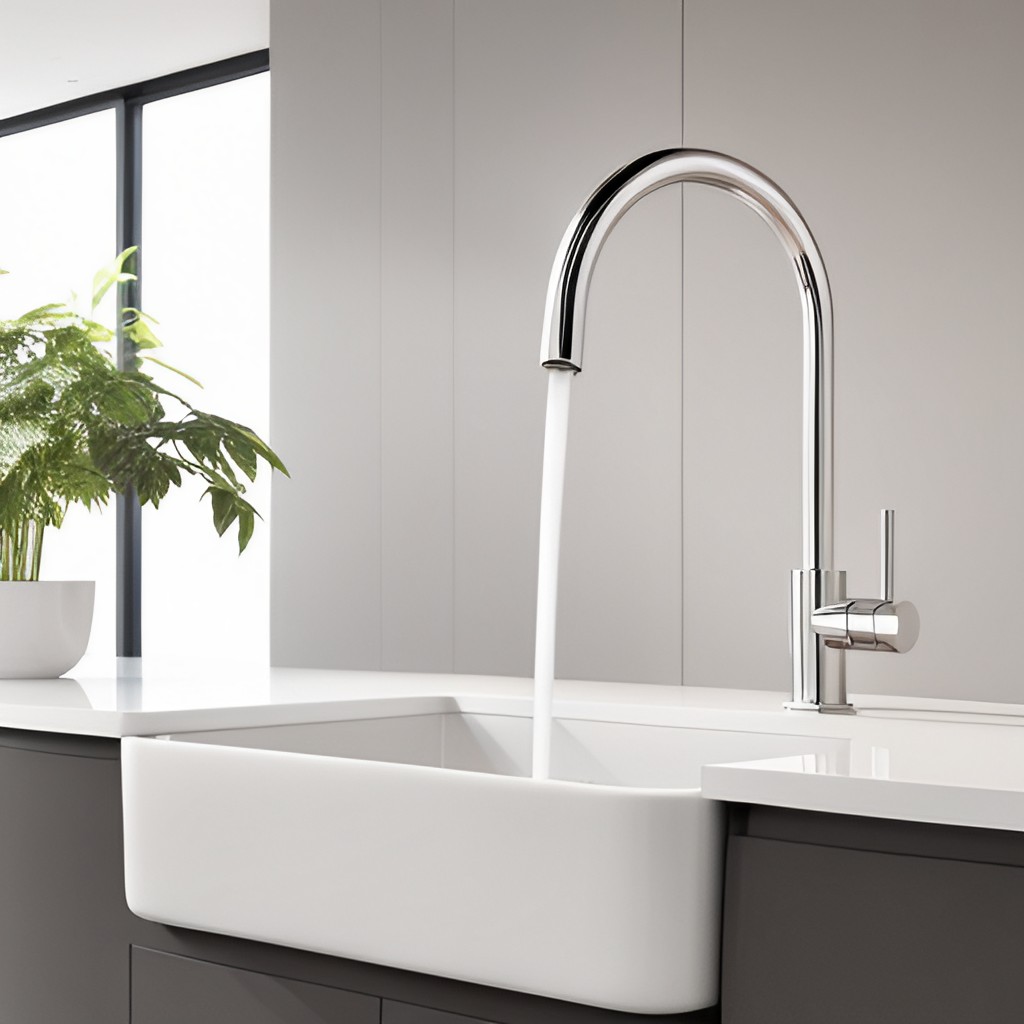
Pull-Out vs. Pull-Down Taps: Flexibility in Design
The choice between a pull-out or pull-down tap can drastically change the functionality of your kitchen sink. Pull-out taps are characterised by a straight spray head that can be pulled towards you, while pull-down taps have a curved head that hangs down into the sink, often providing a more powerful spray.
Pull-Out Taps
- Pros: Their straight spray head design is often more ergonomic for tasks like filling pots outside the sink.
- Cons: The hose on pull-out taps can be shorter and may not reach as far down into the sink, which can be limiting for some users.
Pull-Down Taps
- Pros: A more powerful and centralised spray often makes washing dishes and the sink itself easier and more effective.
- Cons: The curved head design may have a longer learning curve and can be less ergonomic for some users.
Use Cases
- Pull-Out: Suited for smaller kitchens where a more compact design is needed, or for those who prefer the extended reach for counter tasks.
- Pull-Down: Larger kitchens with wider sinks benefit from the more centralised and powerful spray of a pull-down tap.
Touchless Kitchen Taps: Hygiene at Your Fingertips
Touchless kitchen taps represent the peak of convenience and hygiene. Utilising motion-sensor technology, these taps allow you to turn the water on and off without spreading germs. While these taps are often associated with high-tech modern designs, they can also blend seamlessly into more traditional settings.
Benefits
- Hygienic Solution: By reducing the need to touch the tap, touchless designs can help prevent the spread of germs and make kitchen clean-up safer.
- Water Conservation: With smart shut-off features, touchless taps can help conserve water by ensuring the tap is off when not in use.
- Convenience: Perfect for when your hands are full or dirty, touchless taps are incredibly convenient for quickly getting water.
Drawbacks
- Power Dependency: Most touchless taps require a power source, which can be a drawback in the event of a power outage or for off-grid homes.
- Sensitivity Issues: Some touchless models can be overly sensitive, leading to water turning on and off unexpectedly.
- Installation Considerations: Retrofitting touchless technology into an existing set-up might be more complex and costly.
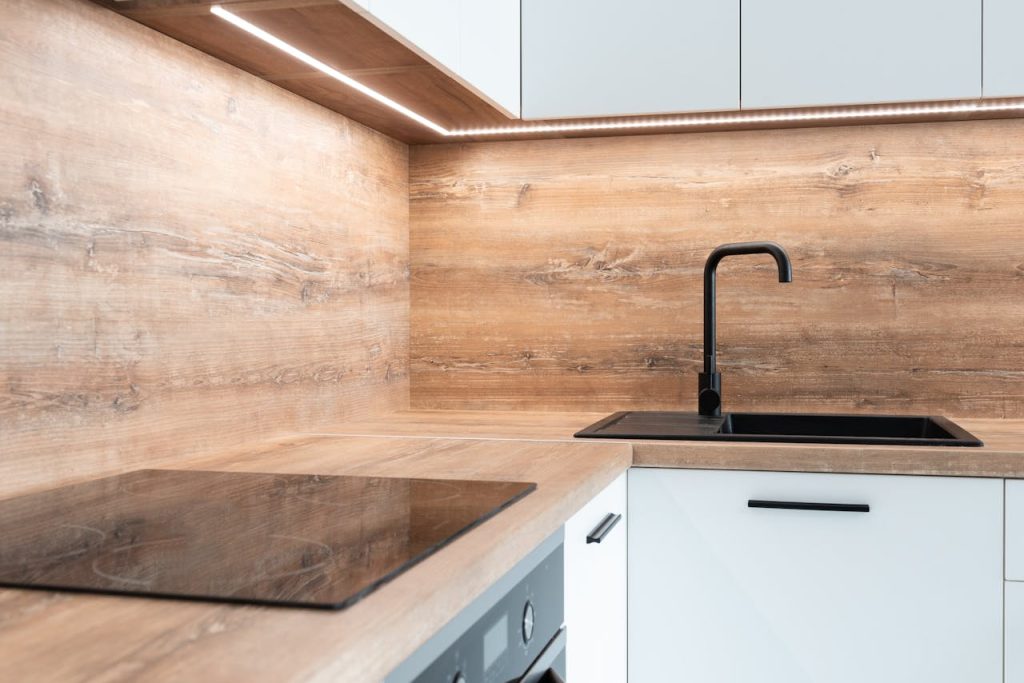
Choosing Your Perfect Kitchen Tap
The design experts at Ripple Kitchen Taps weigh in: “When it comes down to selecting the right kitchen tap for your home, it’s important to consider your lifestyle, usage patterns, kitchen style, and personal preferences. Each tap style has its own set of advantages and trade-offs, and what might be a perfect fit for one household could be a misstep in another.”
- Consider Your Kitchen Design: Choose a tap that complements the style of your kitchen – particularly the kitchen worktops. Whether you have a classic, modern, or transitional kitchen, there’s a tap that will look right at home.
- Assess Your Needs: Are you an avid cook who uses the kitchen frequently? Do you often have multiple cooks in the kitchen at the same time? These factors will influence the required durability and efficiency of your tap.
- Think About Maintenance: Some tap styles are easier to clean and maintain than others. For instance, touchless taps might need periodic battery changes or power sources for models with more advanced features.
- Budget: Your allocated budget will naturally steer you towards certain options. Remember that a more expensive tap with additional features can be an investment in convenience and durability.
By carefully evaluating these factors, you’ll be well on your way to selecting the perfect kitchen tap that not only meets your functional needs but also enhances the beauty of your kitchen space. Whether you opt for the charm of a traditional tap, the efficiency of a modern pull-down model, or the convenience of a touchless design, your choice will play a fundamental role in how you interact with one of the most vital spaces in your home.
